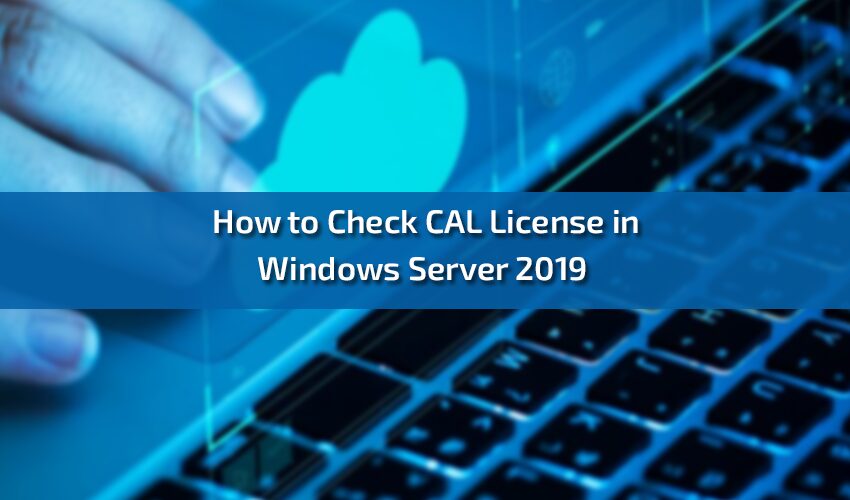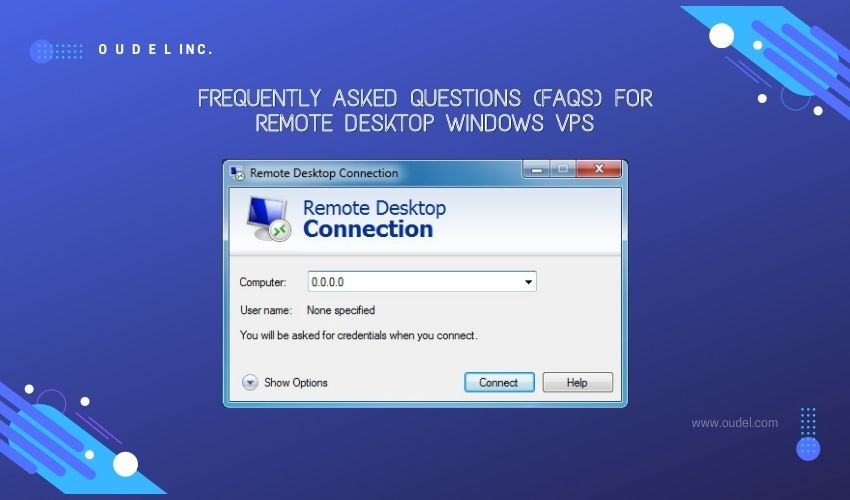A Comprehensive Guide on How to Check CAL License in Windows Server 2019. Windows Server 2019 is a powerful operating system that serves as the backbone for many businesses and organizations. Client Access Licenses (CALs) play a crucial role in managing the number of devices or user accounts that can access a Windows Server. In this guide, we will explore the steps to check CAL licenses in Windows Server 2019, ensuring you stay compliant with licensing requirements and have a clear understanding of your server environment.
Understanding Client Access Licenses (CALs):
1. What are CALs?
A Client Access License is a Microsoft licensing scheme that grants access to Windows Server services. There are two types: User CALs, tied to individual users, and Device CALs, tied to specific devices.
2. Licensing Compliance:
CALs are essential for compliance with Microsoft licensing policies. Understanding your CAL usage is crucial to avoid any legal or operational issues related to insufficient licenses.
3. Per-User vs. Per-Device CALs:
Choose between User CALs or Device CALs based on your organization’s needs. User CALs are assigned to individual users, while Device CALs are assigned to specific devices.
Checking CAL License in Windows Server 2019:
1. Using the Remote Desktop Licensing Manager:
- The Remote Desktop Licensing Manager is a tool that allows you to manage RDS CALs. Follow these steps:
- Press Windows + R to open the Run dialog.
- Type licmgr.exe and press Enter to open the Licensing Manager.
- In the left pane, navigate to the node for your server.
- Click on “RD Licensing” to see an overview of your CAL usage.
2. Using PowerShell:
- PowerShell provides a command-line method to check CAL licenses. Open PowerShell as an administrator and use the following order:
powershell
Copy code
Get-WindowsFeature -Name RDS-Licensing | Select-Object -Property DisplayName,Installed - This command shows whether the Remote Desktop Licensing role is installed on the server.
3. Checking License Usage in Remote Desktop Services Configuration:
- The Remote Desktop Services Configuration tool provides information about installed CALs. Follow these steps:
- Press Windows + R to open the Run dialog.
- Type tsconfig.msc and press Enter.
- In the left pane, right-click on the server node and select “RDS Licensing.”
- The right pane will display information about installed CALs.
4. Using the Licensing Summary in Server Manager:
- Server Manager is a central management console. Follow these steps:
- Open Server Manager.
- In the left pane, click on “Remote Desktop Services.”
- Under “Deployment Overview,” click on the “Tasks” drop-down list.
- Select “Licensing Summary” to view information about installed CALs.
Troubleshooting and Additional Considerations:
1. Review Licensing Agreements:
Regularly review your licensing agreements to ensure compliance with Microsoft’s terms and conditions.
2. Periodic Audits:
Conduct periodic audits of your CAL usage to identify any discrepancies or potential issues.
3. Monitoring License Expiry:
Stay vigilant about the expiration dates of your CALs to prevent disruptions in service.
4. Utilize Microsoft Volume Licensing:
For larger organizations, consider Microsoft Volume Licensing, which provides flexibility and cost savings for managing CALs at scale.
5. Seek Professional Assistance:
If you have complex licensing needs or face challenges, consider consulting with a Microsoft licensing expert to ensure accurate compliance.
Conclusion:
Checking CAL licenses in Windows Server 2019 is a critical aspect of maintaining a compliant and efficient server environment. By utilizing tools like the Remote Desktop Licensing Manager, PowerShell commands, and the Remote Desktop Services Configuration tool, you can gain insights into your CAL usage and ensure that your organization meets Microsoft’s licensing requirements. Stay proactive in managing your CALs, conduct regular audits, and seek professional guidance when needed to ensure a seamless and compliant operation of your Windows Server 2019 environment.



